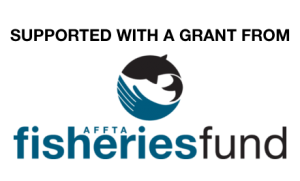Chesapeake Bay Striped Bass kill to Increase 14% in 2014
| The Maryland Department of Natural Resources recently announced that the Chesapeake Bay harvest quota would increase by 14% in 2014. The text of the release and information on the splits between jurisdictions and recreational/commercial allocations can be found below. The reason is simply that the 2011 year class had a high young of the year count, and managers feel that the extra biomass is there to catch. The Bay had been harvesting less than the quota allowable under the ASMFC quota because production of young striped bass has been poor.Stripers Forever’s board disagrees with this increase as do most of the fishermen and fishing groups that we have spoken with. While 2011 may have produced a good young of the year count, we did not see the volume of very small stripers along the coast that would indicate an overly large year class. Survival of young Chesapeake Bass is an issue considering the disease and water quality issues the Bay faces. Beyond that we know that the 2012 and 2013 year classes were poor, so there is not much in back of this one year class. Additionally the ASMFC stock assessment just confirmed that striped bass are far less abundant now than just a few years ago. We are already near or in a state of overfishing, and we have fished the stock at above the target rate consistently for years. It seems like reductions are called for and not quota increases.
We can lay this on the doorstep of the commercial fishery. If striped bass were a coast wide game fish the recreational community would have vetoed these increases for certain. Here is the announcement.
|
||||||||||||||||||||||||||||||
|
|
||||||||||||||||||||||||||||||







